Can You Really Hit the Fence Playing Padel?
So, you’re on the padel court, and you’ve hit a smashing shot that’s sailing towards the side of the court. You’re wondering, “Wait, can the ball hit the fence?” It’s a common question for anyone new to padel or even for seasoned players who haven’t dug deep into the rules. Let’s answer that right away: Yes, you can hit the fence in padel—but only at certain times and under specific conditions.
Sounds a bit complicated? Don’t worry, it’s not as tricky as it seems. Once you get the hang of how the fence works in padel, it actually becomes a strategic element you can use to your advantage. So, let’s break it down.
The Role of the Fence in Padel
First, the fence isn’t just a decorative feature or a way to keep the ball from flying into the parking lot. In padel, the fence (or walls) is very much part of the game. The game itself is often described as a mix of tennis and squash, and the fence is what gives padel its squash-like flair.
But, unlike squash, where you’re intentionally hitting walls, in padel, the ball can only hit the fence under specific circumstances, and the rules vary depending on how and when it happens.
Let’s dive into the situations where the fence comes into play.
When Can the Ball Hit the Fence?
- During a Rally: Here’s where the fence really adds excitement to the game. Once the ball bounces in your opponent’s court, it can hit the side fence or the back wall and still be in play. So, if you’ve sent a well-placed shot that bounces deep, hits the back fence, and flies back into the court, your opponent still has to return it. The key here is that the ball must hit the ground first before it touches the fence. If the ball directly hits the fence without bouncing, it’s considered out.
- On the Return: Here’s a tricky bit. When you’re returning a shot, you can let the ball hit your own back or side fence after it has bounced on your side of the court. But it must bounce before it touches the fence—this is crucial. If you hit the ball directly into the fence without it bouncing first, you lose the point. The fence is there to give you a bit more flexibility in defense, but it doesn’t change the fundamentals of the game.
- On the Serve: Serves are where things get a bit strict. You cannot hit the fence on the serve. The ball must land in the service box without touching the fence at all. If your serve hits the fence before bouncing, it’s a fault. You get two chances, so don’t sweat it if you make this mistake once, but it’s something to be mindful of.
How to Use the Fence to Your Advantage
Now that you know when the ball can hit the fence, let’s talk about how you can actually use this rule to your benefit.
One of the beauties of padel is that the court is small, which means the fence can help you create angles and tricky shots. For example, a lob that lands deep in the corner and then bounces off the back fence can be incredibly difficult for your opponent to chase down. The fence helps to extend the length of your shots, giving you a tactical edge.
Another clever tactic is to use the side fence to your advantage. A well-placed shot that hits the side fence after bouncing can throw off your opponent’s timing, making it harder for them to predict the ball’s direction. The key here is control—using the fence isn’t about power; it’s about placement.
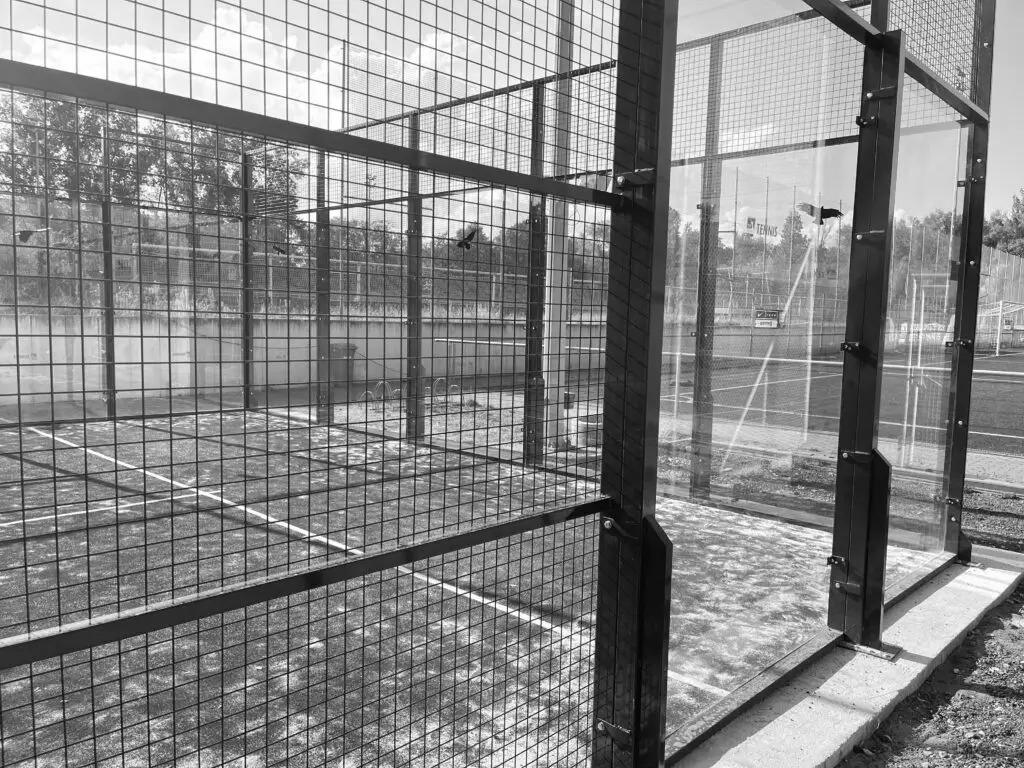
When Hitting the Fence is a Bad Idea
Of course, while the fence can be your ally, it can also be your enemy. If you’re too aggressive with your shots and the ball hits the fence before it bounces on the court, you’ll lose the point. This can happen if you’re aiming for the corners or trying to play too close to the line. Precision is key. If the ball clips the fence without touching the ground, that’s an easy point for your opponent.
So, while the fence adds a fun, dynamic layer to the game, you need to respect its boundaries—literally and figuratively.
The Fence as a Defensive Tool
When you’re on the receiving end, the fence can also be a lifesaver. If your opponent hits a powerful shot that bounces off the back fence, you can use that to your advantage. The ball will often slow down after hitting the fence, giving you more time to react and set up your return.
This is especially useful when you’re playing against hard-hitters. Let the fence take some of the energy out of the ball, and then focus on making a smart return. Instead of trying to rush your shot, use the extra time to place the ball where your opponent isn’t expecting it.
The Fence and Padel Strategy
So, can you hit the fence in padel? Absolutely, and if you’re smart about it, you’ll use the fence to win points rather than lose them.
The key takeaway here is that while the fence is a natural part of the game, it’s all about timing. A shot that bounces into the fence can add an extra layer of difficulty for your opponent. And as we’ve seen, the fence can be both a friend and a foe, depending on how you use it.
Mastering the use of the fence—both in offense and defense—can elevate your padel game to the next level. It’s not just about smashing the ball as hard as you can; it’s about thinking ahead and using every part of the court, including the walls.
Frequently Asked Questions About Hitting the Fence in Padel
What happens if you hit the fence before the ball bounces?
If the ball hits the fence before bouncing on the court, it’s considered out, and you lose the point.
Can the ball hit the fence on a serve?
No, the ball cannot hit the fence on a serve. It must land in the service box without touching the fence.
What if the ball bounces, hits the fence, and comes back into play?
As long as the ball bounces on the court first, it can hit the fence and still be in play. Your opponent must return it before it bounces again.
Is it possible to use the fence for defensive shots?
Yes, the fence can help slow down powerful shots, giving you more time to react and return the ball effectively.
Does hitting the fence make a shot harder to return?
A well-placed shot that bounces off the fence can be unpredictable and tricky for your opponent to return, especially if it lands deep in the corner.
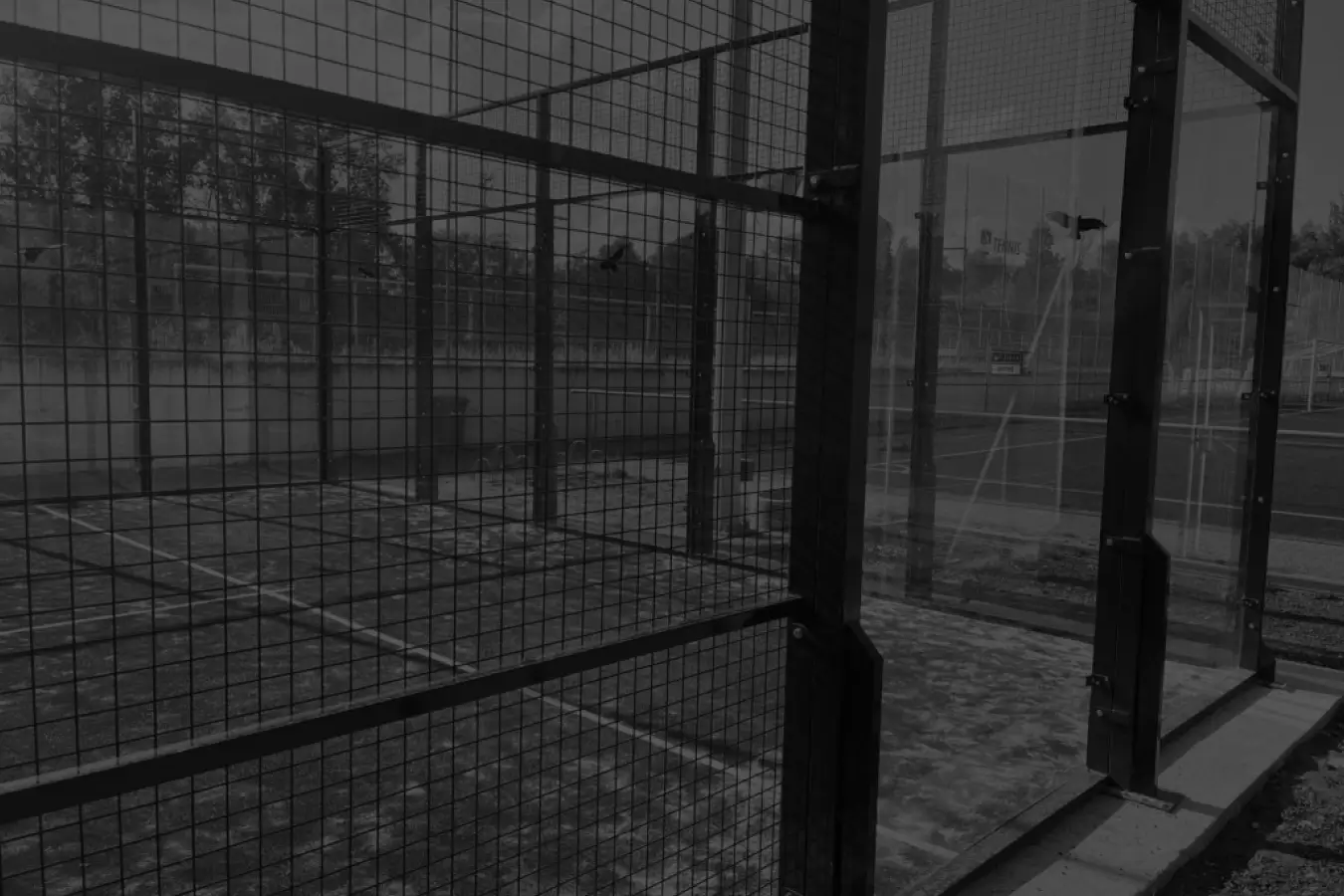

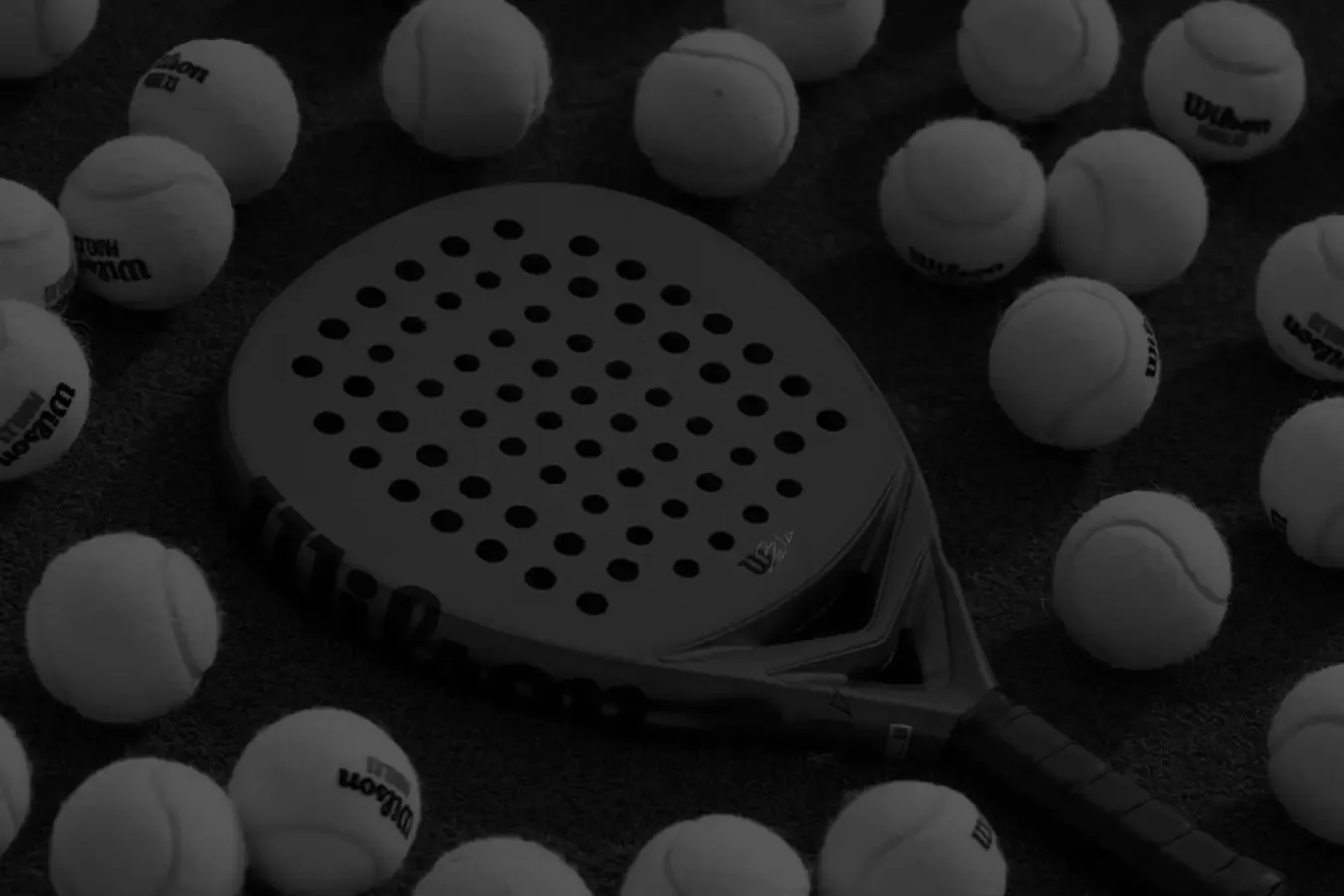
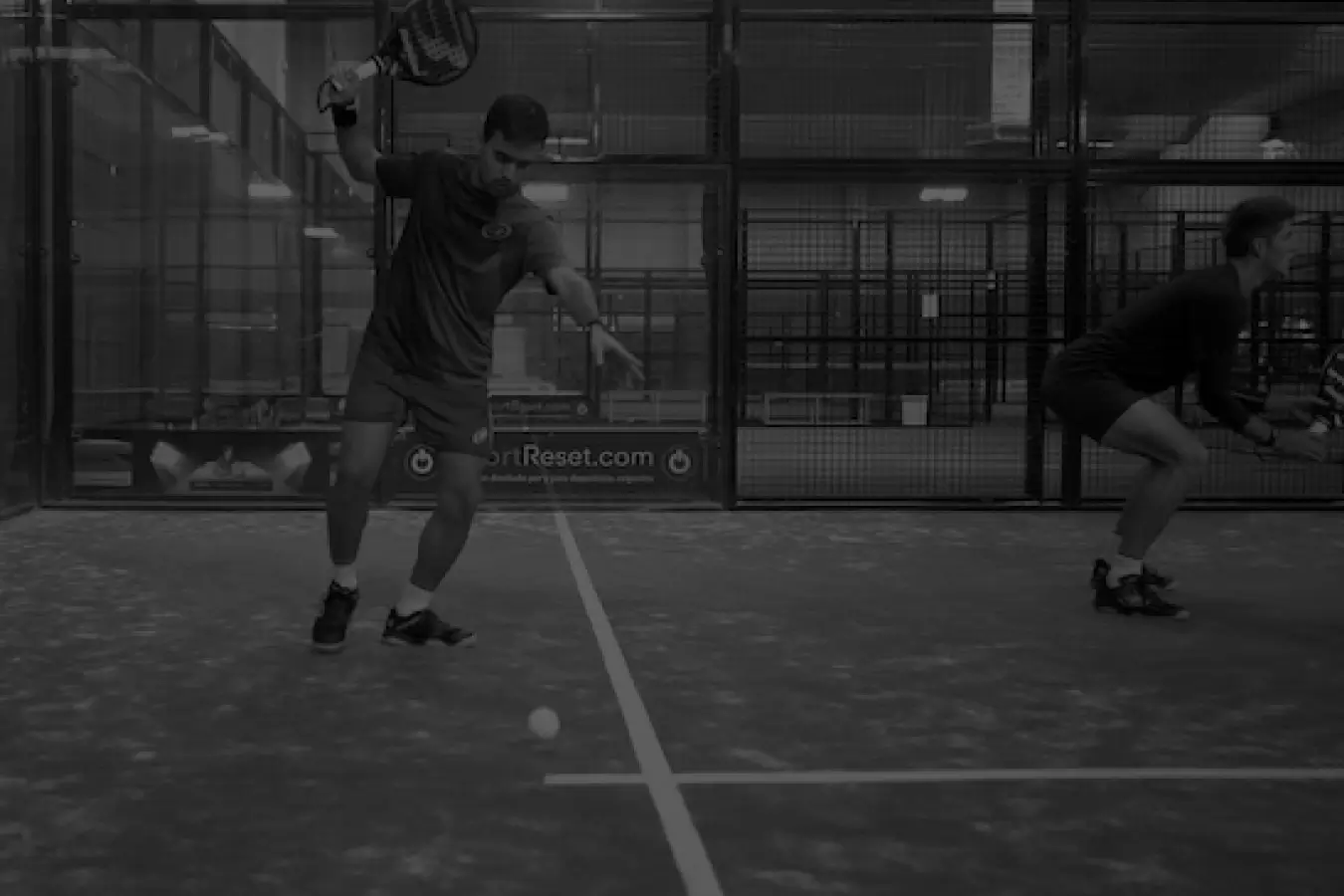
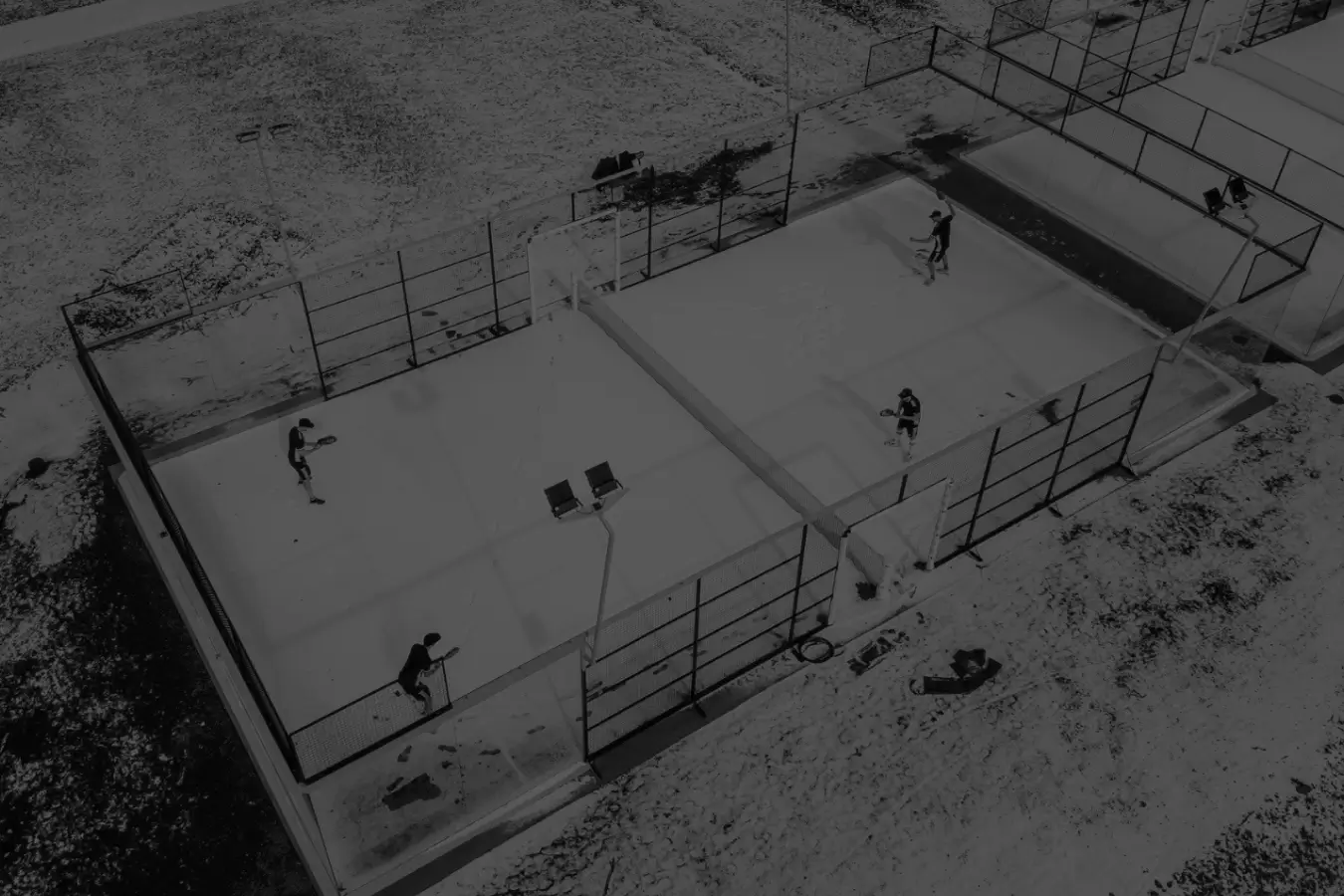
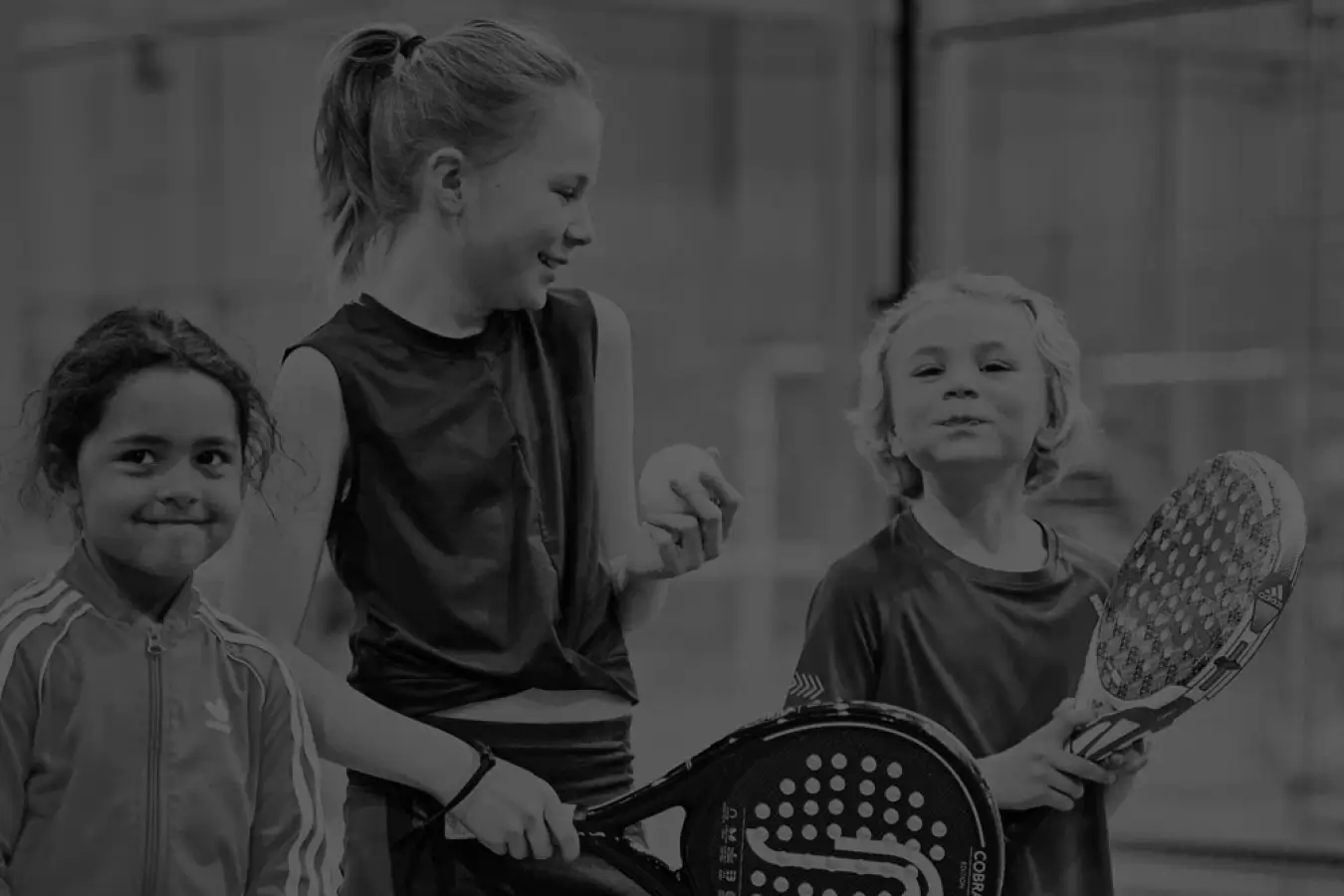
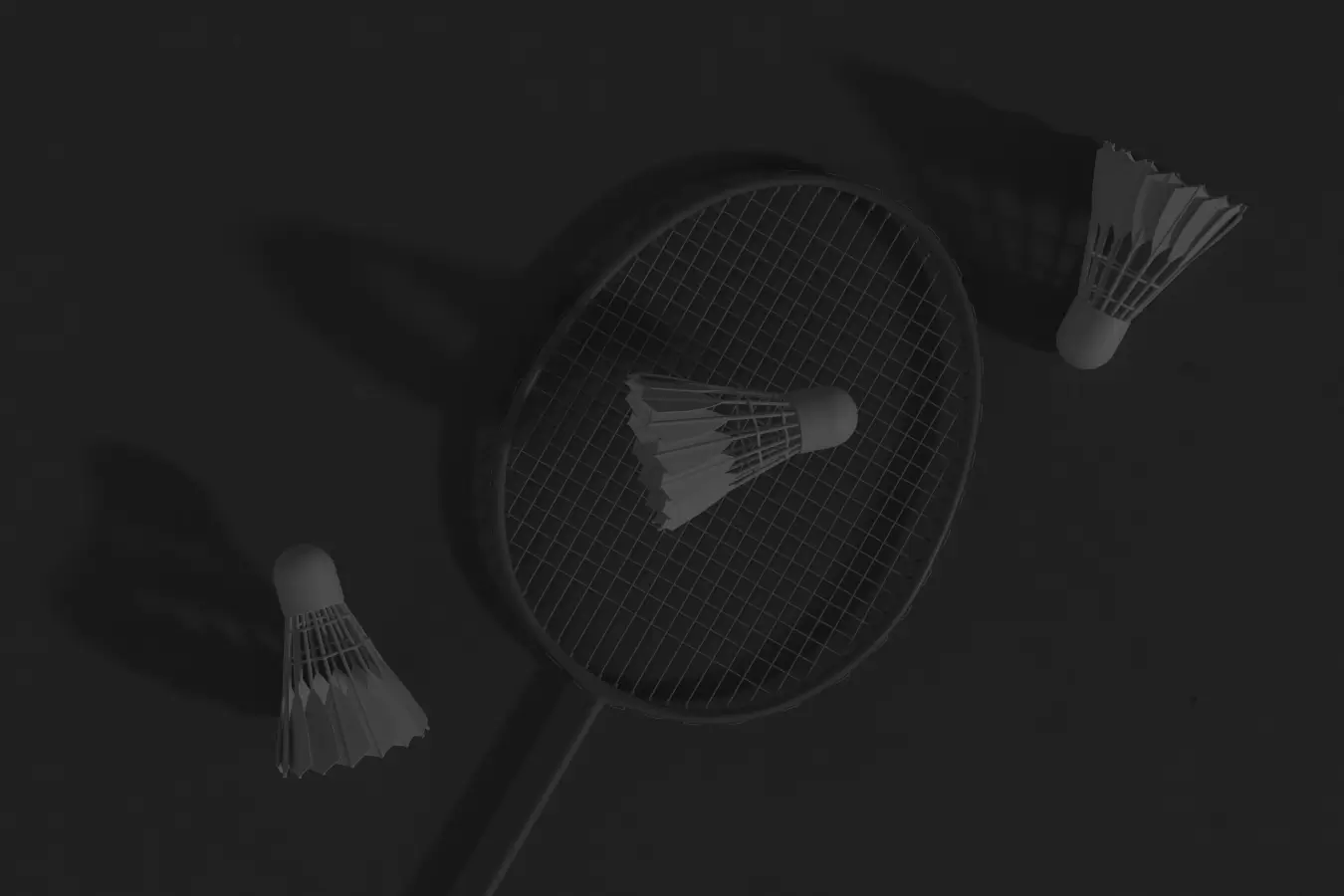
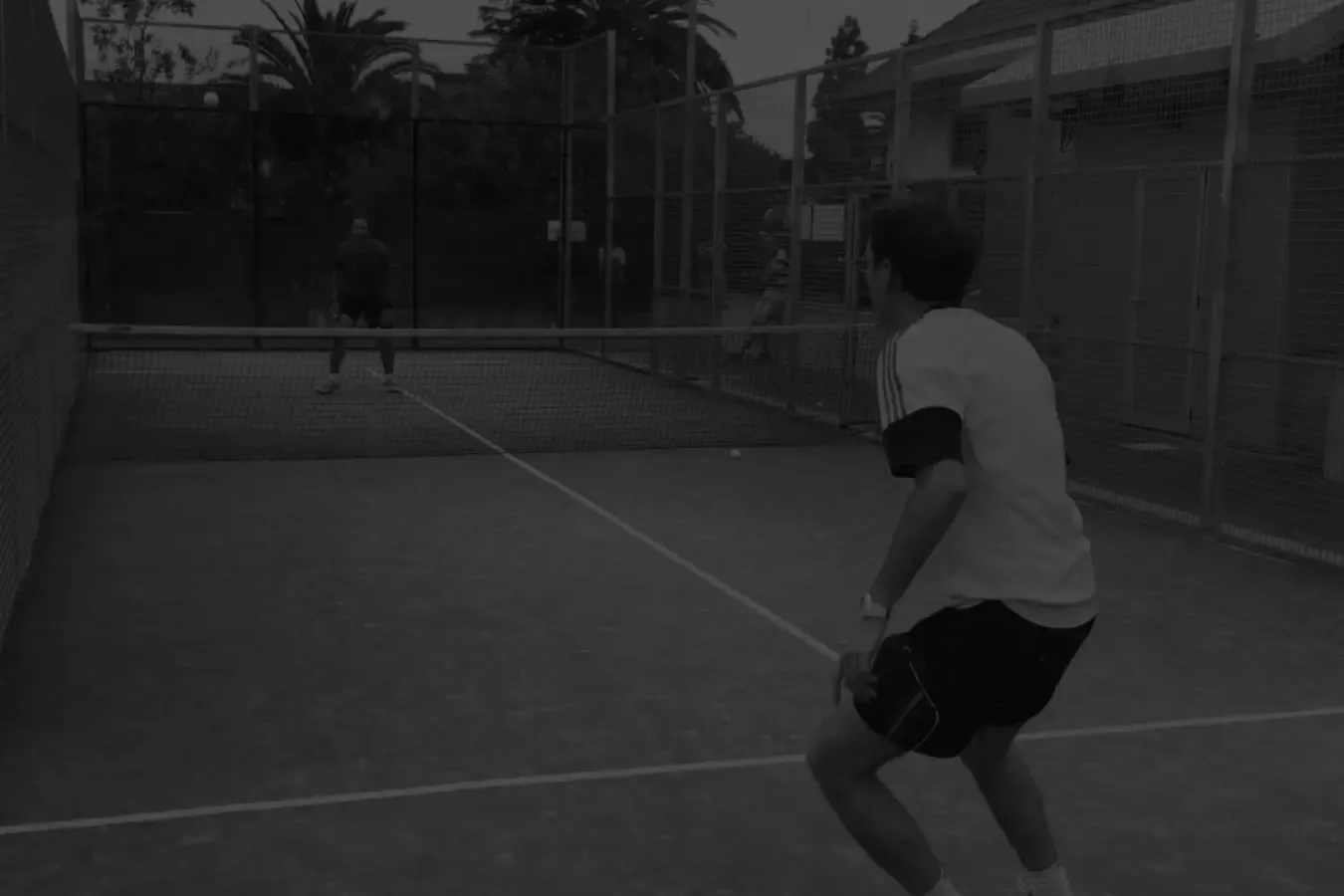

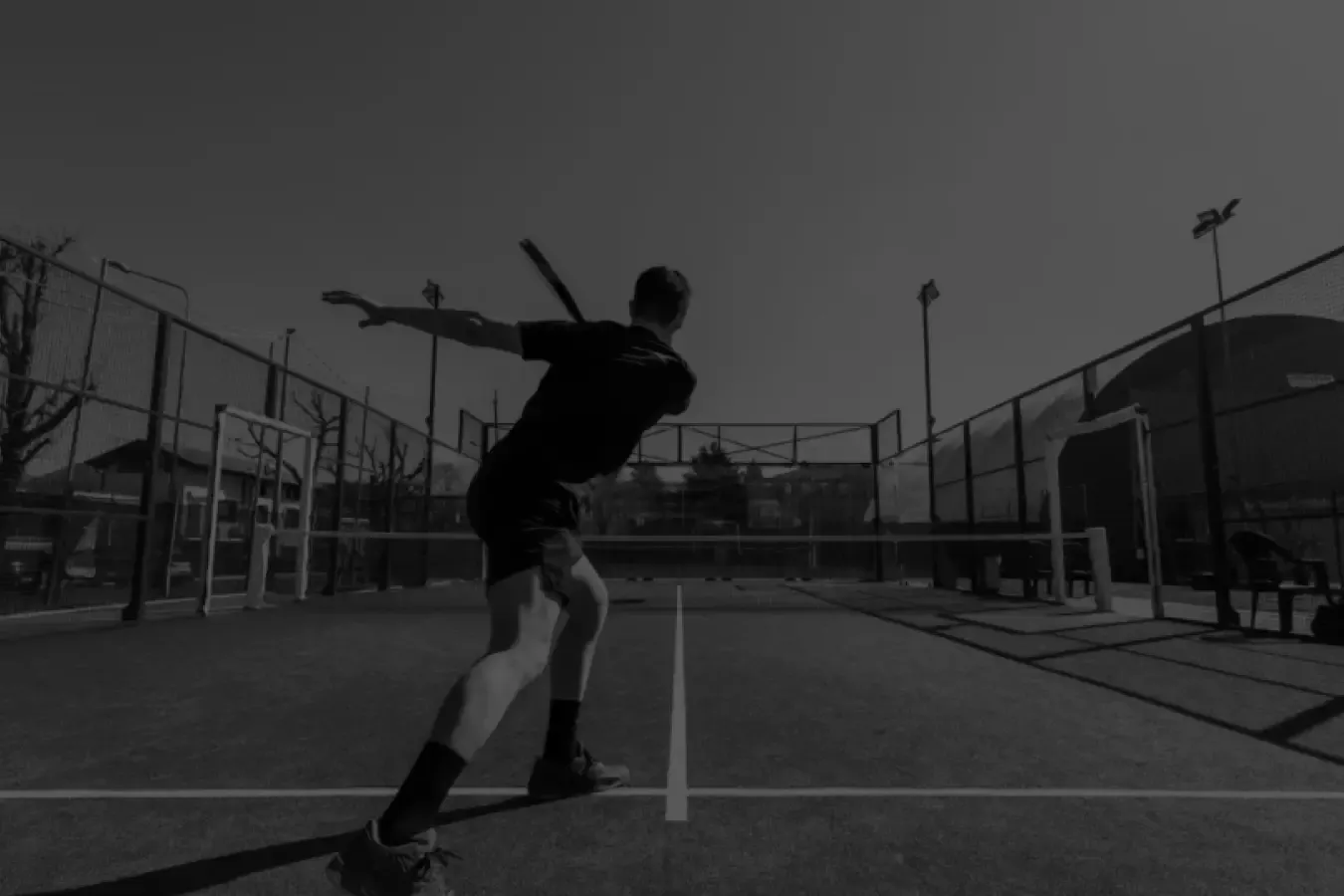


Discussion